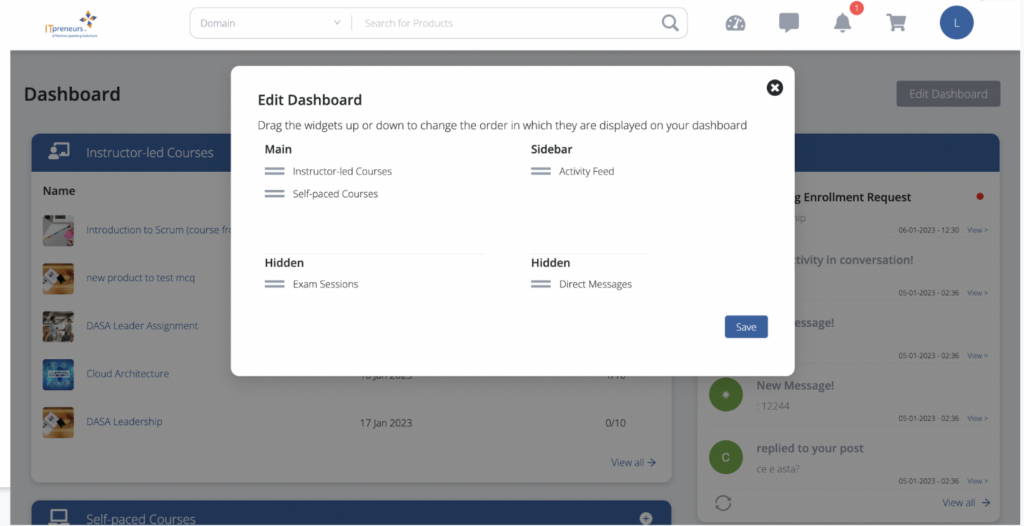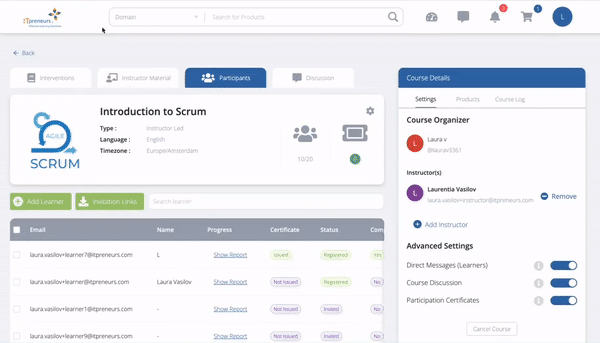Have you ever been involved in a project or program to improve an IT function’s way of working? And how did it go? Many of these improvement initiatives end in tears. Let’s change that.
The people who are tasked with the actual improvement seem to get bogged down by their day-job, resulting in disappointment and frustration all round. Once this has happened a couple of times, people build up improvement fatigue and are reluctant to get involved with new initiatives. This is also frustrating for the poor IT management improvement consultant who was engaged to facilitate the activities.
I’ve experienced this from three perspectives: as a worker who has been roped into improvement programs, as a manager trying to improve the performance of my department, and as an IT management consultant conducting improvement workshops for clients.
Improvement Workshops and the Lack of Results
In the workshop, everybody is enthusiastic and raring to go, but when you inquire half a year after the workshop what results they have booked, you often get a sheepish response such as that priorities have changed. In other words, nothing much has been achieved. After having experienced this a few times, I got thinking about the underlying causes and what you could do about them. I came up with two meta-improvements – in other words how to improve the improvement process.
1. Improving the Improvement: Adding Value
My first meta-improvement is to focus on the value of the improvement item. The underlying theory is explained by Daniel Pink in his book Drive. Pink says that people are motivated by three things: autonomy, mastery, and purpose.
People are motivated by three things: autonomy, mastery and purpose.
Daniel Pink
Autonomy is the freedom to make your own decisions; mastery is the process of doing things better and better, and purpose refers to the benefits that result from the work. My meta-improvement focuses on purpose with the question “Who is going to benefit from this improvement?
. This seems like a flash of the blindingly obvious, but it is surprising how people are more motivated when it is clear who is going to benefit.
I’ve developed a mantra to help people to focus on this aspect: effective, efficient and energizing.
- Is the improvement going to provide IT services that are more effective for the user organization?
- Is the improvement going to make the IT function more efficient?
- Is the improvement going to make work more energizing for the IT practitioner?
By challenging each potential improvement item with these questions, it is easy to establish whether it is worthwhile. And if something is worthwhile, there is less likelihood of people being distracted by the day-job.
2. Improving the Improvement: Be Realistic
The second meta-improvement concerns being realistic about how much effort an improvement is going to take. This depends both on the effort involved, and the dependency on other stakeholders. The improver has, of course, to have enough time to make the improvement, as well as the necessary skills. But just as important, he or she has to have sufficient influence on the stakeholders on which the success of the improvement depends.
Steven Covey’s concentric circles of influence and concern illustrate this point. There are things that are within your own control or influence – this is Covey’s inner circle of influence. And there are things that concern you, but on which you have little to no influence – this is the outer circle of concern.
You simply have to be realistic about these things. It’s no good taking on an improvement that depends on people who you can’t influence. So the recommendation is to be picky and choose your own battles
.
These two nuggets are the core of the Choose Your Own IT Management Improvement Battles workshop that I’ve shared with ITpreneurs. It’s been successful for me and I’ll close this piece with a quote from a client:
Even though they seem simple, your words effective, efficient and energizing have given our work an extra dimension.
About the author

Mark is an IT Management Consultant at Smalley.IT and Delivery Partner for GamingWorks’ The Phoenix Project and MarsLander business simulations.
He is a contributor to bodies of knowledge such as ASL, BiSL, BRM, COBIT, DevOps, IT4IT, ITIL, and VeriSM. He is Lead Editor of ITIL 4 High Velocity IT. Mark has lectured at various universities and has spoken at hundreds of events in more than thirty countries.



